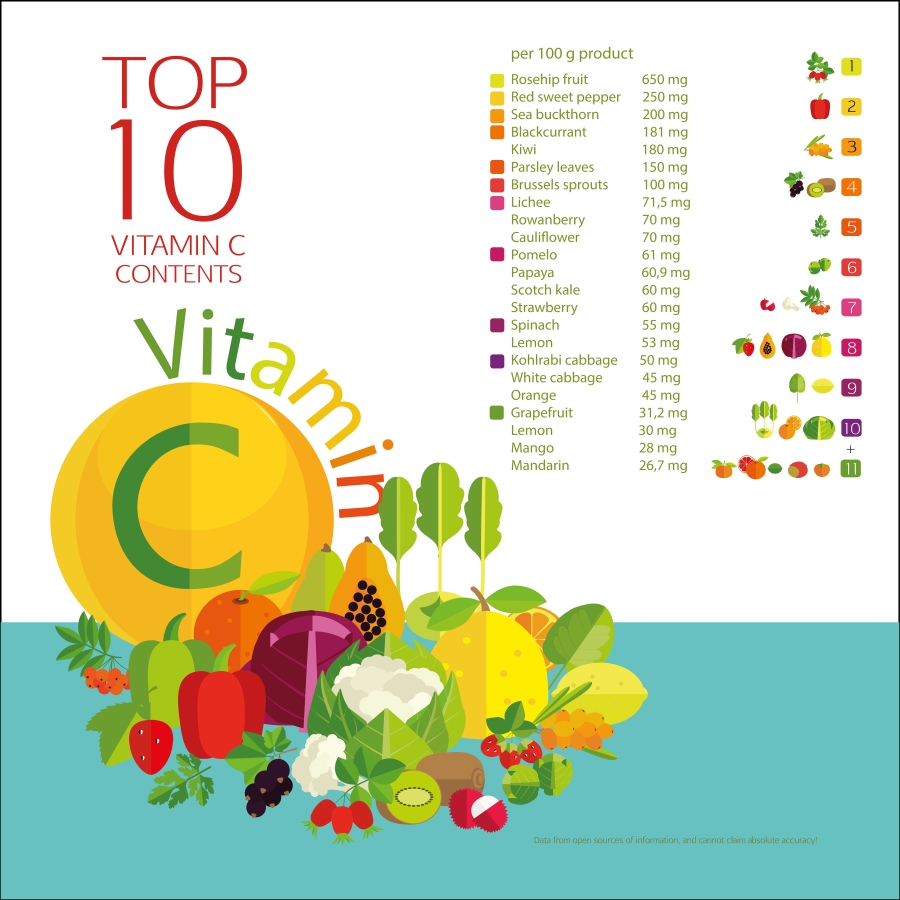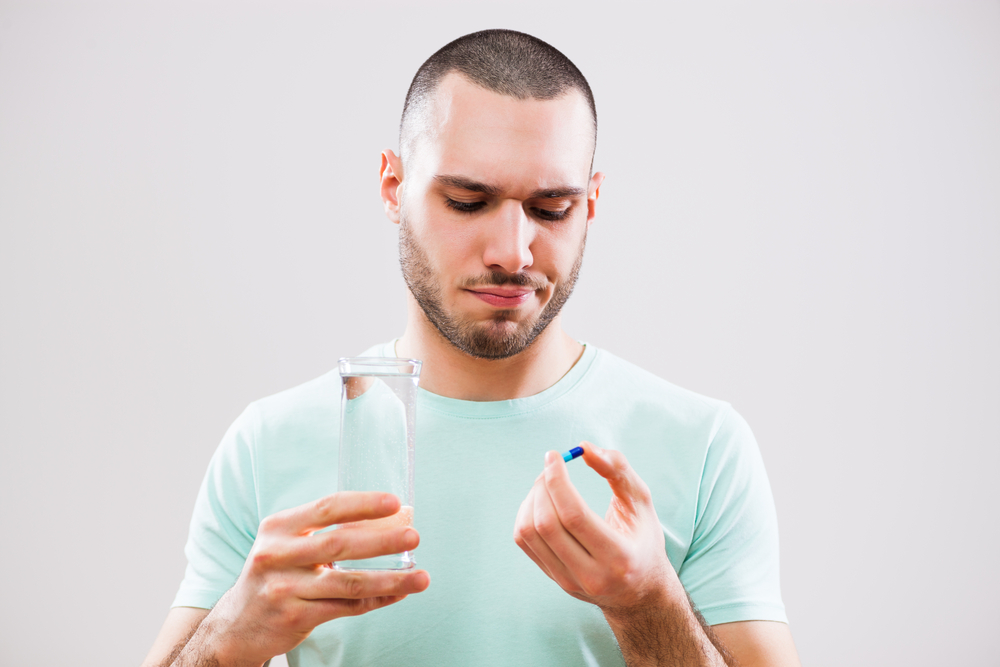Wouldn’t it be great if you could reverse the biological clock and initiate an anti aging process that influences the very core of your cells? Surprisingly, the answer may not be as difficult as it seems. In fact, the fountain of youth could be at the end of your fork.
The 9 Hallmarks of Aging
A study published in 2013 by a group of biochemists and microbiologists from the Universidad de Oviedo, in Spain, states that there are 9 main causes of aging on a cellular and molecular level.
The study, titled The Hallmarks of Aging, has since garnered significant attention in the scientific community, namely because it suggests that certain foods may offer defense and actually help reverse the visible signs of aging from the inside out.
We asked two board-certified dermatologists – Drs. Ariel Ostad and Jessie Cheung – to explain the conclusions of this study in layman’s terms and offer some advice on maintaining the skin’s health and youthfulness through proper diet.

Cause #1: Genomic Instability
Genomic instability refers to the mutations that occur in our DNA that can influence our rate of aging and risk for disease. These can occur due to external causes such as radiation or chemicals, or internal causes such as free radical damage.
New York dermatologist and dermatologic surgeon Dr. Ariel Ostad suggests, “A diet rich in antioxidants, including supplementation, is key in controlling the effect of free radicals.”
A diet rich in antioxidants, including supplementation, is key in controlling the effect of free radicals.
Dr. Ariel Ostad
“Chronic inflammation in our cells also makes cells more susceptible to genomic instability, a process that scientists call inflammaging,” says dermatologist Dr. Jessie Cheung of Illinois. “About 70% of our immune system is in our gut, and if we’re not feeding our gut properly, our immune system will break down. As our gut and skin fail to defend from inflammation, the structural changes in our skin will accumulate and manifest as wrinkles, discolored, saggy and dull skin,” adds Dr. Cheung.
Cause #2: Telomere Length
Telomeres – the caps at the end of each strand of DNA that protect our chromosomes – help maintain genomic stability, and are major contributors to the aging process. “Telomeres are similar to plastic coverings on the end of shoelaces, but on both ends. They protect our chromosomes and allow for cell division and cell repair from day-to-day living,” says Dr. Ostad.

“Free radicals increase oxidative stress on the cell and shorten the important function of telomeres. An increase in free radicals shortens and destroys these telomeres so cell repair and cell turnover is compromised, resulting in a breakdown in the skin,” adds Dr. Ostad.
Telomere length can be modified through diet and lifestyle factors. For instance, the Mediterranean diet (rich in olive oil, fruit, vegetables, nuts, legumes, lean meats, and fish) has been shown to increase telomere length by contributing high amounts of nutrients such as beta carotene, folic acid, fiber, magnesium, and vitamins A, E, and C.
Cause #3: Epigenetic Alterations
Epigenetic alterations refer to the way human genes express themselves. While epigenetic change is a natural process, it can also be influenced by external factors such as environment, diet, and lifestyle, which may have more damaging effects.
“I always recommend a healthy diet that is low in processed carbohydrates and sugars, with plenty of good fats, protein, vegetables and fruits,” says Dr. Cheung.
I always recommend a healthy diet that is low in processed carbohydrates and sugars, with plenty of good fats, protein, vegetables and fruits.
Dr. Jessie Cheung
Cause #4: Loss of Proteostasis
Proteins, also known as amino acids, perform many important functions in the body. In relation to aging skin, “amino acids are the building blocks that help increase collagen and elastin production,” says Dr. Ostad.
Proteostasis refers to the process that regulates proteins within our cells. Sometimes proteins inside and outside cells become misfolded. Over time the body loses the ability to unfold these proteins and their accumulation leads to more rapid aging.
Antioxidants help maintain healthy proteostasis. Dr. Ostad recommends vitamin C (yellow, green or red peppers) as one of the most powerful antioxidants available.
Cause #5: Deregulated Nutrient Sensing
Our cells ability to sense and utilize nutrients is important to support the maintenance of bodily functions throughout life. The amount and type of nutrients available to cells influences the type of enzymes used and this directly affects our tissues.
One key step to improve nutrient sensing is to control blood sugar levels because it suppresses insulin and insulin-like growth factor. Both Dr. Ostad and Dr. Cheung recommend eating carbohydrates that are low glycemic index and rich in fiber to regulate blood sugar and control inflammation.
In terms of aging, “we know that sugar really is the enemy – excess sugar in the bloodstream links to proteins or fats and creates Advanced Glycation Endproducts (AGE’s), which are distorted and dysfunctional. These AGE’s cause chronic inflammation and contribute to cellular degeneration – wrinkles, dementia, atherosclerosis, and arthritis,” says Dr. Cheung.
Sugar really is the enemy – in excess, it causes chronic inflammation and contributes to cellular degeneration.
Dr. Jessie Cheung
Dr. Cheung also suggests, “fruits and vegetables will provide an essential supply of antioxidants that are vital to skin health and will help neutralize free radicals that are generated by AGE’s, thus protecting cells from glycation.”
Cause #6: Mitochondrial Dysfunction
Cells in our body require a lot of energy to function correctly. This energy is generated by mitochondria – the powerhouses of our cells. Studies on mice show that dysfunctional mitochondria can contribute to aging.
Again, antioxidants positively influence mitochondria. Interestingly, it has also been found that endurance training and alternate-day-fasting may improve healthspan through their capacity to avoid mitochondrial degeneration.
Cause #7: Cellular Senescence
Cellular senescence is when healthy cells lose their ability to divide or replicate. As we age, our adult stem cells divide and self-renew more slowly, release at a reduced rate, and decrease in number.
Research indicates that taking vitamin C daily may reduce some parameters of senescence by up to 49%.

Cause #8: Stem Cell Exhaustion
The decline in the regenerative potential of tissues is one of the most obvious characteristics of aging. The number of stem cells in young people is much higher than older people, and miscommunication can occur at a cellular level when stem cell activity decreases.
Free radical damage and the shortening of telomeres are major causes of stem cell decline.
Cause #9: Altered Intercellular Communication
Intercellular communication is the communication that constantly occurs between cells in our body. If cell communication is altered, this leads to degenerative changes and aging. One of the biggest drivers of this miscommunication is inflammation within our cells.
“Nearly every disease process and cell death/cell destruction starts with inflammation,” says Dr. Ostad. In terms of how diet contributes, “a high fat, high sugar diet increases systemic inflammation and results in an increase in a hormone called cortisol. This hormone is responsible for destroying collagen and elastin, the protein that holds our skin together and keeps it looking supple,” adds Dr. Ostad.
3 Powerful Steps to Reverse the Aging Process
According to the science and our experts Drs. Ostad and Cheung, loading our forks with more antioxidant and anti-inflammatory foods may be one of the best anti aging skin care treatments at our disposal every day.
Step 1: Eat More Antioxidant Anti Aging Vitamins
Dr. Cheung recommends the following antioxidant foods and vitamins:
- Berries – high in antioxidants and vitamin C, which helps with collagen formation.
- Fish – a healthy protein source, and a great source of omega-3 fatty acids, which are also anti-inflammatory.
- Nuts – high in antioxidants and rich in minerals such as zinc and selenium.
- Yogurt – a great source of probiotics to regulate the absorption of nutrients from the gut.
- Kelp/seaweed – rich in antioxidants and iodine, which supports thyroid function.
- Broccoli – produces diindolylmethane (DIM) in our body, which helps with the balance of estrogen and testosterone; boosts our immune system; and has sulforaphane, which is a potent anti-carcinogen.
Dr. Ostad adds Brussels sprouts to this list as they contain loads of vitamin A and folate, which may help prevent sun damage. And of course, vitamin C, as it’s one of the most powerful antioxidant vitamins to help combat free radicals.
Additionally, Dr. Ostad says, “I always recommend my patients take Niacinamide 500mg twice a day to combat sun-damage and promote cell turnover and repair. This important and often overlooked vitamin (B3) puts energy back into skin cells to help repair damage.”
Step 2: Eat Anti-Inflammatory Anti Aging Foods
The dietary inflammatory index indicates the top 5 most anti-inflammatory nutrients and foods are:
- Magnesium – seaweed, spinach, chard, sun dried tomatoes, tempeh, quinoa.
- Turmeric – a spice that can be eaten both fresh or from the ground spice.
- Beta carotene and vitamin A – sweet potatoes, frozen peas, carrots, spinach.
- Dietary fiber – from a variety of fruit and vegetable sources.
- Quercetin – dill, buckwheat, cacao powder, red onions, spring onions.
Research indicates that in addition to lowering inflammation, a more natural, less processed diet can have noticeable effects on your physical and emotional health.

Step 3: Apply Expert Anti Aging Diet and Lifestyle Tips
We asked our experts to share their most practical tips in terms of an anti-aging diet and lifestyle:
Dr. Cheung says, “I wish there was one superpill that we could take for anti-aging, but until then, the first step is to get at least a few servings a week of foods mentioned above. Try to make wise food choices and avoid highly processed foods, with unrecognizable ingredients.”
Dr. Ostad adds, “The easiest tip is to control your blood sugar naturally. I subscribe and prescribe a diet that includes controlling your blood sugar with fat and protein. When you eat a carbohydrate (stick with sweet potatoes, quinoa, steel-cut oats) always combine it with a protein and/or fat to blunt the insulin response because increased blood sugar equals increased inflammation.”









